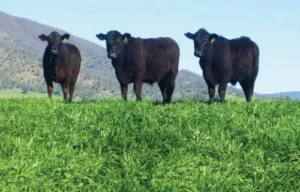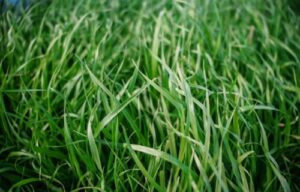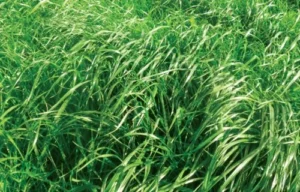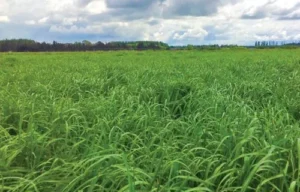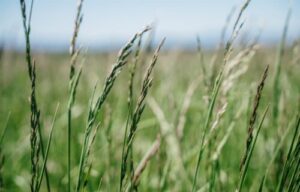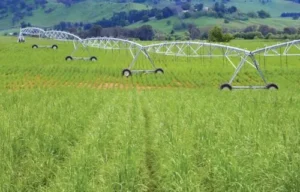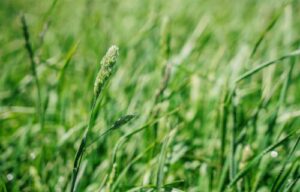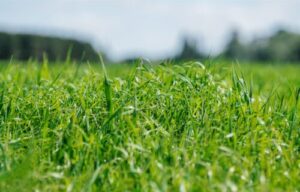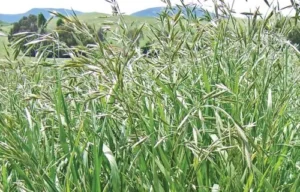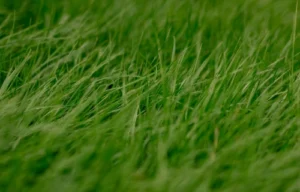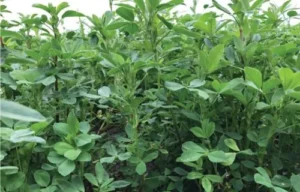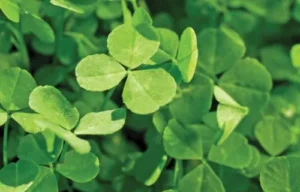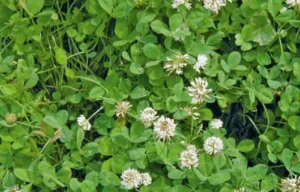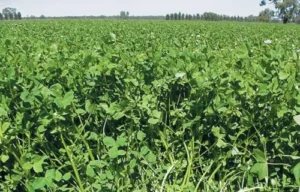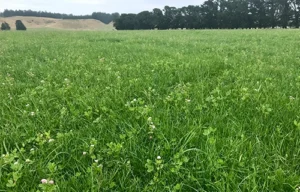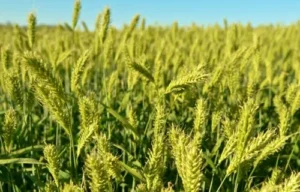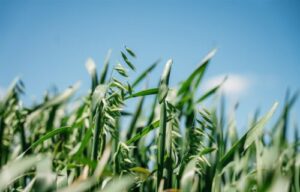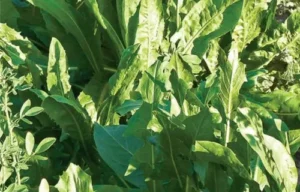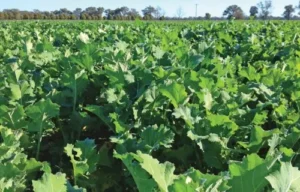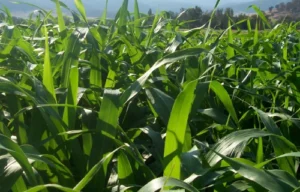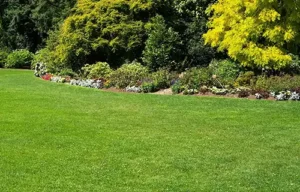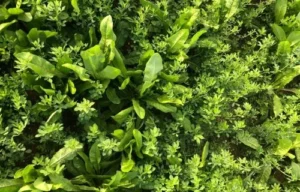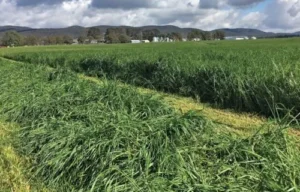SilverSky 11
Lucerne
SilverSky 11 is a new lucerne variety that sets the bar very high in terms of dry matter production. It’s a very vigorous plant that performs extremely well in both winter and summer and is highly resistant to disease and pests. SilverSky 11 suits a wide range of forage systems.


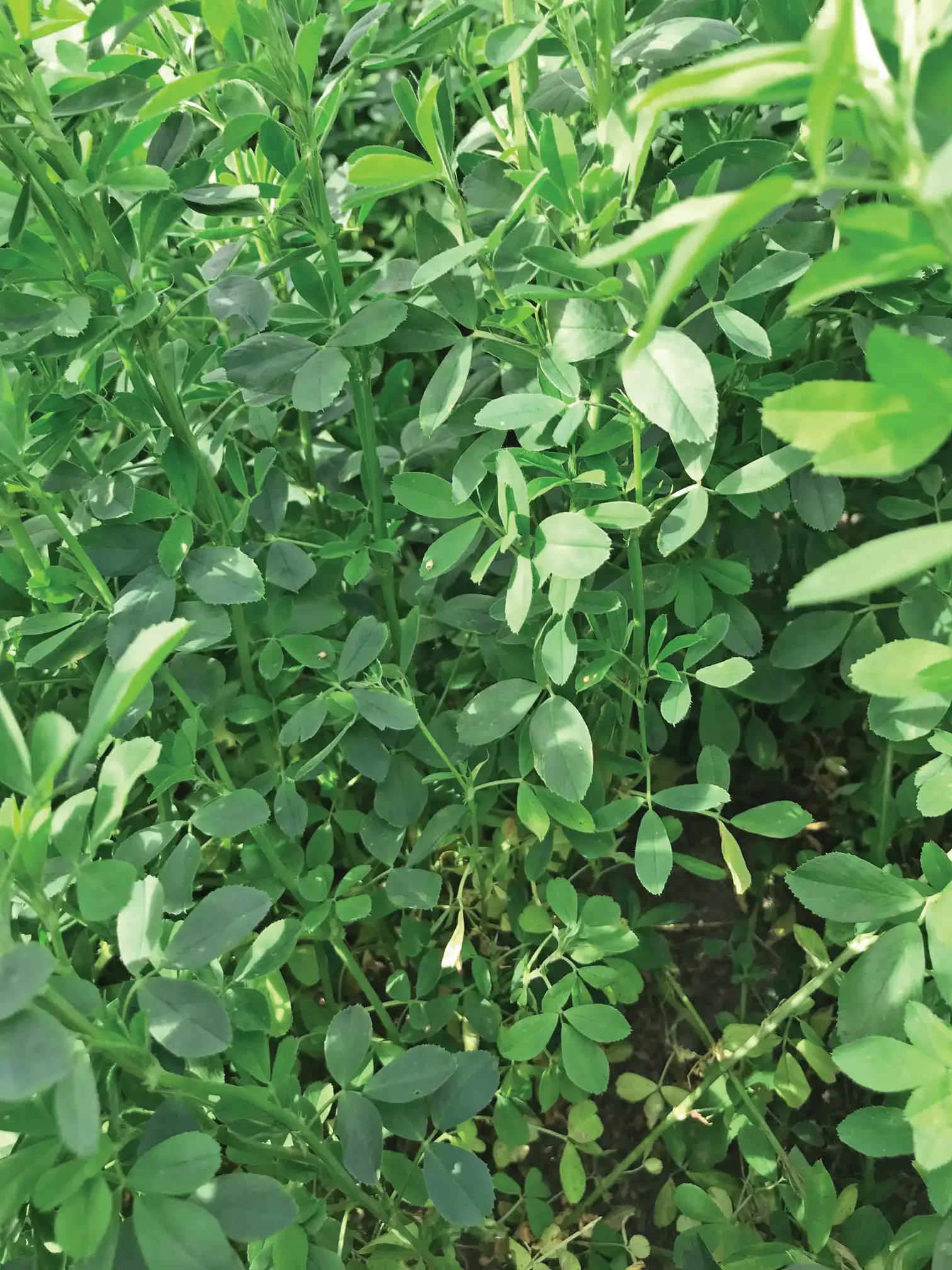
Scientific Name

Medicago sativa
Sowing Rate

6 – 15 kg/ha (dryland)
15 – 30 kg/ha (Irrigation)
Blend Rate

1 – 4 kg/ha
Seed Size

440,000 – 500,000 seeds per kg
Source: Pasture varieties used in NSW 2006-2007, Bev Zurbo, 2006
Activity

Extremely Winter Active – 11
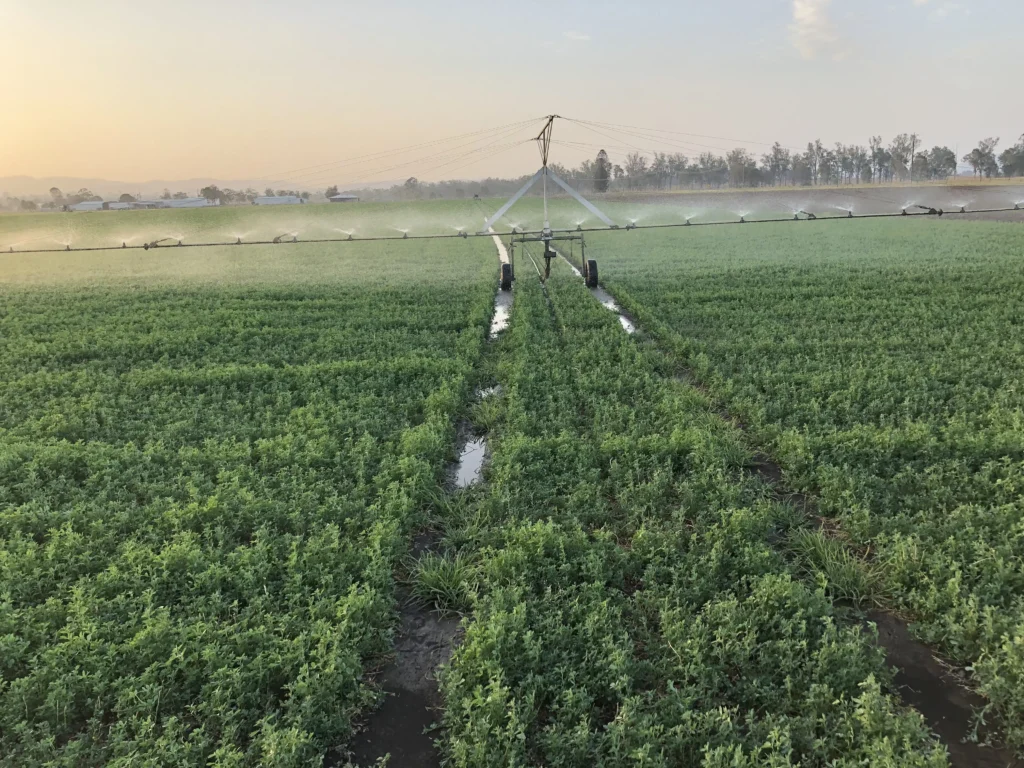
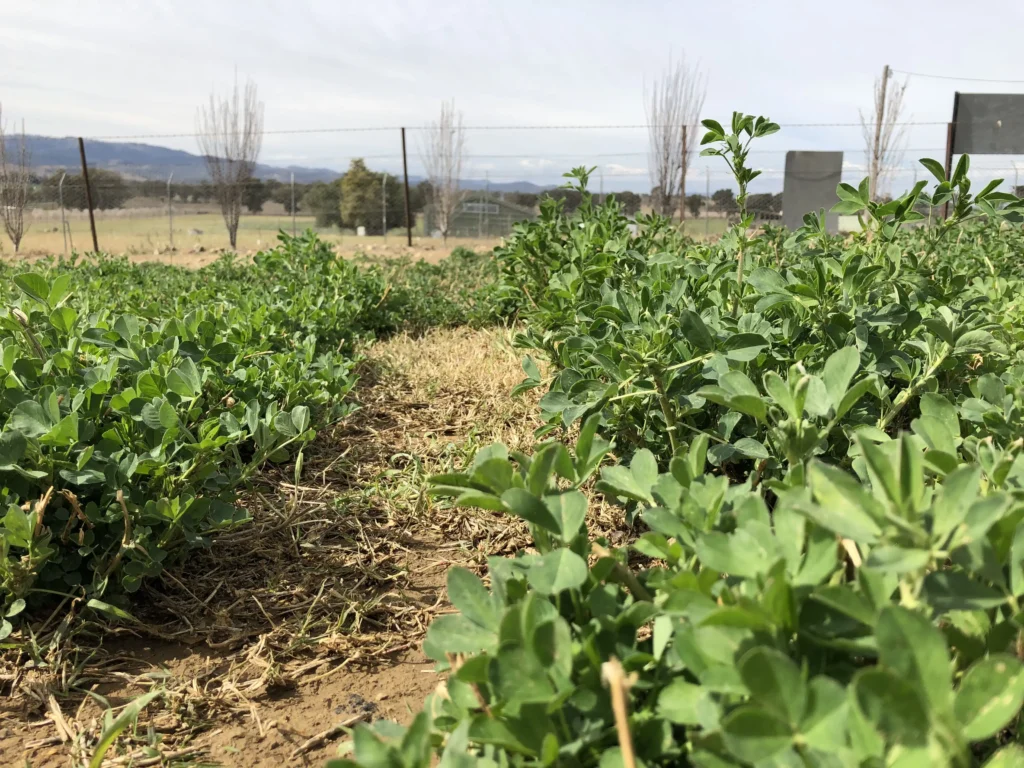
Key Features
High yielding, premium quality lucerne suited to fodder production
Very persistent and extremely winter active
Rapid regrowth in all seasons, especially winter
Australian-bred to suit most lucerne-growing areas
Plant Characteristics
Erect, dense and leafy growth habit
Excellent leaf/stem ratio
Persists as well as less winter-active varieties, expect 5+ years
Highly resistant to spotted alfalfa and blue-green aphids
Where can I grow it?
Bred to suit Australian lucerne-growing areas from the subtropics to dryland
Ideally suited to irrigation
Tolerates frost and cold winters
Frequently Asked Questions
Soil Type
SilverSky 11 grows well on a wide range of well-drained soils including deep loams, sands and loam over gravel or clay but does not produce as well on shallow soil types. SilverSky 11 has improved acid soil tolerance, although it is highly recommended to lime prior to sowing. All lucernes are sensitive to the high aluminium levels common in low pH soils which reduces root development. Survival levels will vary from site to site due to the chemical composition of salts and interactions with other soil factors such as pH and soil moisture/water profiles. SilverSky 11 should not be expected to survive in extremely saline areas. Soil testing is recommended prior to sowing.
Fertility
Mature SilverSky 11 will benefit from annual phosphorus and potassium applications, especially if removing hay/silage from the paddock.
Sowing
SilverSky 11 is suitable for both autumn and spring sowing. The time of sowing normally depends on the rainfall and climate of the region. Autumn establishment is better suited to winter active or highly winter-active varieties as they have better frost tolerance. Delayed sowing allows the opportunity to improve weed control and seedbed preparation. For spring established lucerne aim to sow mid August onwards as the soil temperature begins to increase and daylight increases.
Sow at 6-15kg/ha (dryland) or 15-30 kg/ha (irrigation) alone or 1-4kg/ha when a component of a pasture blend. Sow at approximately 1cm depth. Lucerne seed must be inoculated with the AL strain of rhizobium to ensure effective nodulation and prompt establishment. Do not sow into an ‘old’ lucerne stand. Allow a minimum of one year between stands to create an effective disease break.
Disease and Pest Management
Monitor regularly during emergence for insect damage from pests such as RLEM, aphids and lucerne flea and spray if required. SilverSky 11 is highly resistant to spotted, blue-green and pea aphid species. It also has good levels of resistance to nematodes (eg highly resistant to root-knot, resistant to rootlesion and moderately resistant to stem nematode).
Phytopthora root rot, Anthracnose and Fusarium crown rot can severely damage lucerne however SilverSky 11 has high resistance levels to
these diseases.
Weed Control
Spray out any old pasture/crops with glyphosate prior to sowing but speak to your UMS agronomist about the correct rate to use depending on the size of weeds present. Also consider using a pre-emergent herbicide such as trifluralin. Weed control in young lucerne can be challenging due to its slow seedling growth. Most broad-leaf herbicides cannot be applied until the lucerne is at the third trifoliate leaf stage. Weeds need to be treated when small. Once a stand is established (>1 year) there are more winter cleaning options and herbicide efficacy is improved.
Grazing
Allow the stand to reach approximately 20cm high and ensure that the plants cannot be pulled out prior to grazing. Allow lucerne to flower in its first year so the plant can strengthen its crown and taproot.
Monitor the first grazing carefully and remove stock before they begin to graze near the crown of the plant. Rotational grazing (or strip grazing) is essential for productivity and longevity of the stand. Lucerne can withstand set stocking during spring provided sufficient moisture is available. Avoid damaging the crown of the lucerne plant.
Feed Quality
SilverSky 11 is highly regarded due to its ability to produce top quality, out-of-season feed. It has a high leaf:stem ratio, excellent palatability and digestibility. SilverSky 11 has good levels of metabolisable energy and is a reliable source of crude protein.
Animal Health
Bloat is the most common animal health issue, especially in cattle. Ensure roughage (hay/straw) is available. To optimise livestock weight gain and health, ensure livestock are vaccinated and drenched. To prevent nutritional problems, make gradual diet changes when introducing hungry stock to lush pastures. Contact an UMS agronomist for more information.

